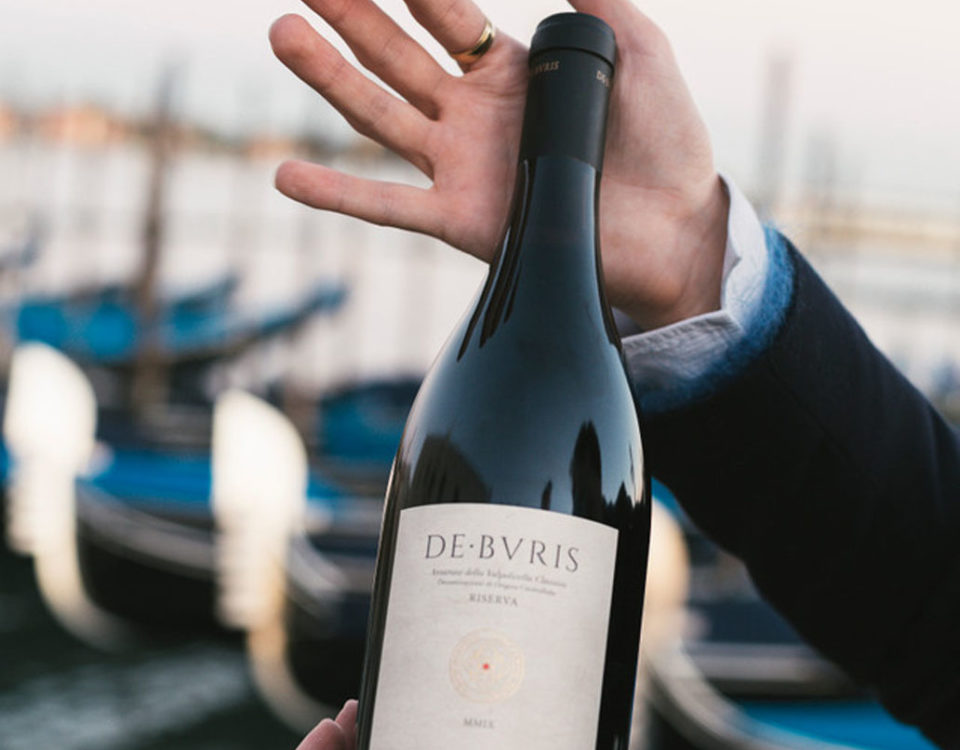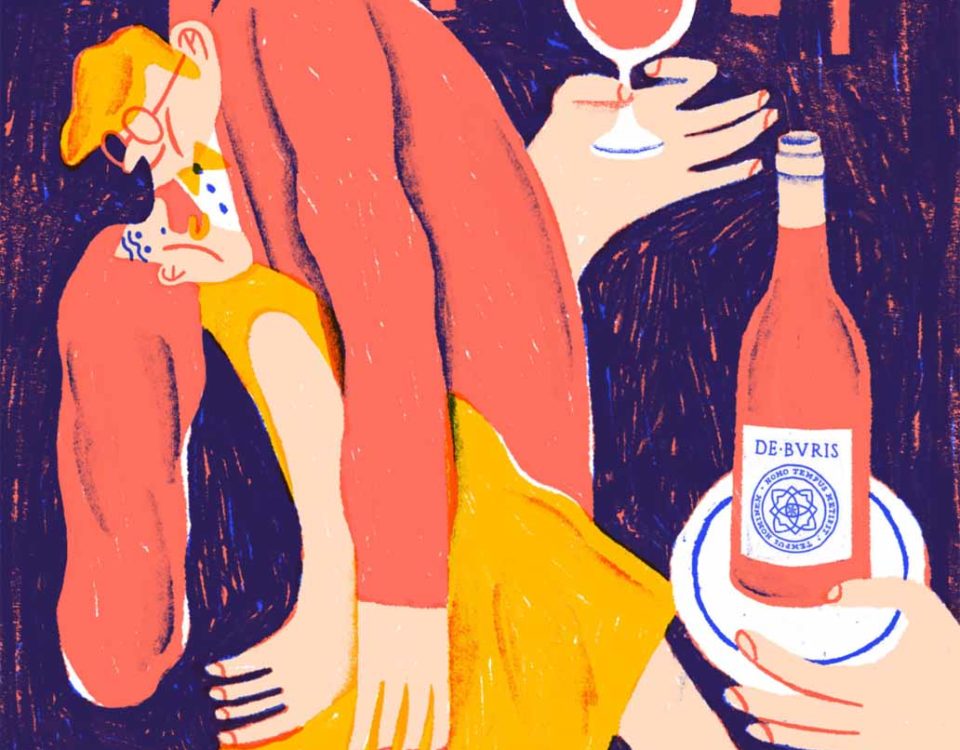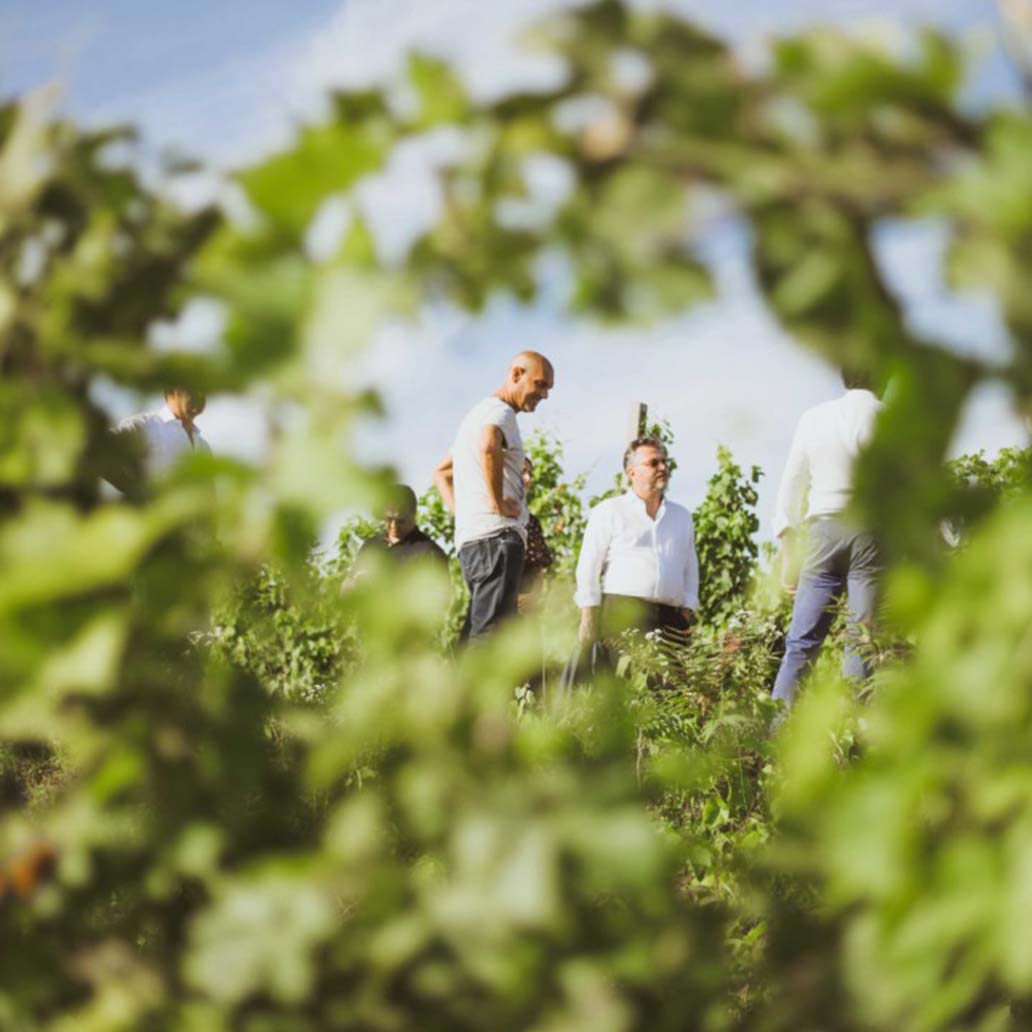
02.07.2020 De Buris Tour
7 July 2020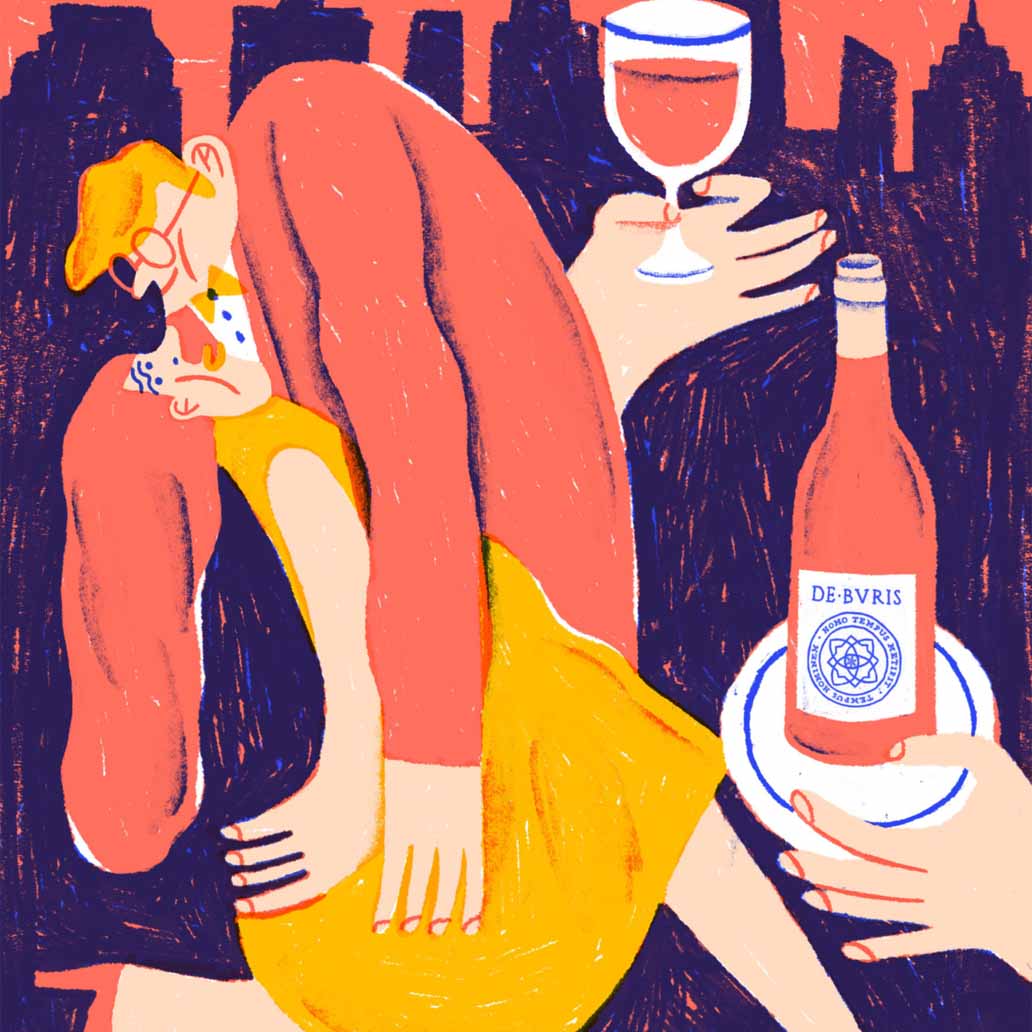
Dancing in the dark – Paul Caputo
20 August 2020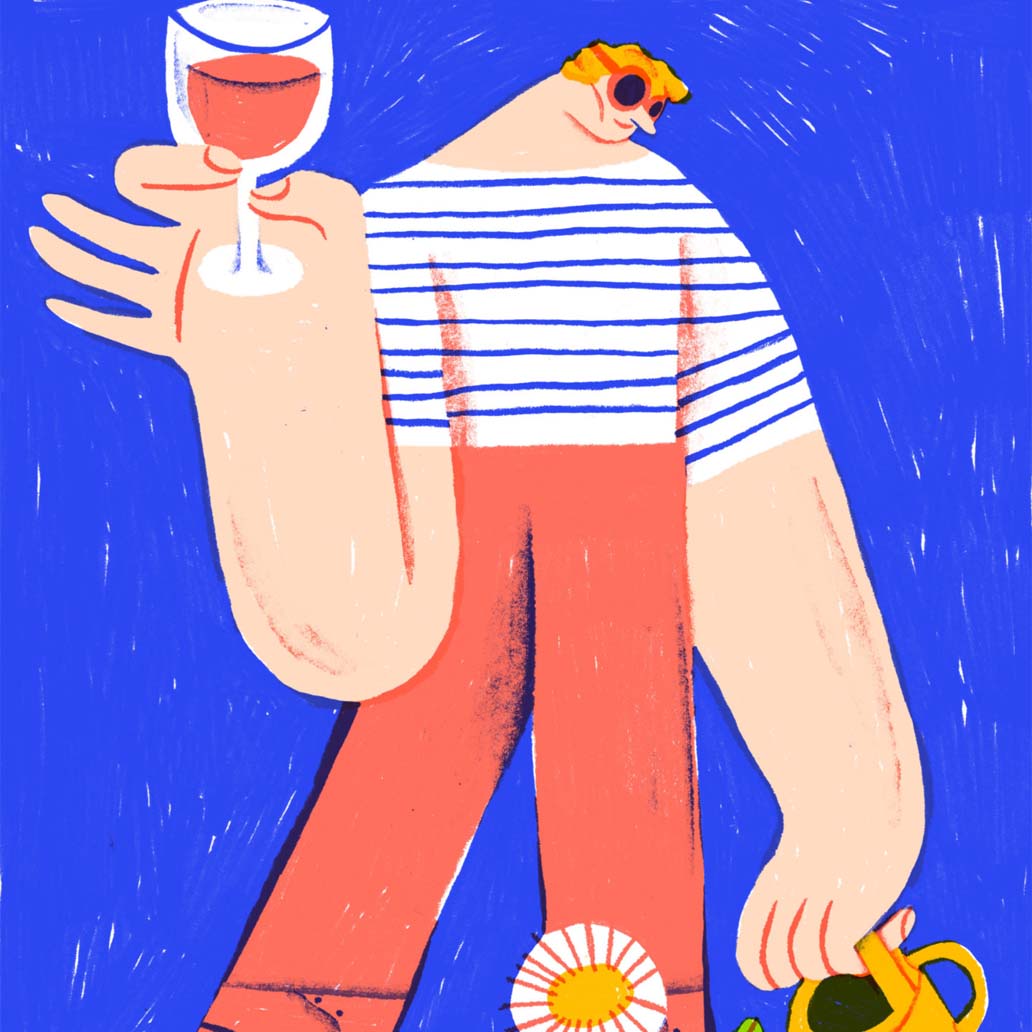
By Micheal Gitter – Vice President and Director of Marketing, VINTUS
We are in the pleasure delivery business. This is a fact that has never been lost on me, as over the years I have seen friends and family pursue many different paths, some more “noble” than the world of wine—medical research, foreign policy development, teaching, to name a few. There are professions and industries that save lives and address important problems that affect millions. At the same time, I take pride in the work we do in our industry—from winemaking to wine marketing—because while we may not be saving lives, we are improving lives; we are making lives richer, we are bringing families and friends together over wine and food, we are providing pleasure of both mind and body.
It is in this context that we need to approach the marketing of fine wine—especially in the luxury segment—during the greatest global health and humanitarian crisis in decades. In a time of quarantines and closed businesses, a time when isolation can quickly lead to insularity, we need to maintain perspective while also remembering the pivotal role that wine at every price point can play in our culture.
In the United States, this has meant finding a way to market luxury wines with a subtlety and respect that honors the producers of these bottles as well as the resellers and consumers that buy them. And in fact, stripping away the “flash and sizzle” from wine marketing allows the truly artisanal, substantive products to rise to the top. What has been fascinating to witness, as retail business at the everyday price point ($10-$25 per bottle) has exploded, is that collectors, connoisseurs and amateurs (in the real sense of that word: passionate enthusiasts) have continued to reach for the best bottles available in their cellars and wine shops. This makes sense, though: in a time of uncertainty and potential despair, the most incredible expressions of wine can provide the greatest comfort and reinforcement.
How do we market that idea? How do we communicate to consumers that they have permission to purchase and enjoy the finer things during the darkest days, without guilt or judgement? For me, the answer is marketing with quiet confidence: “show don’t tell” to the extreme. This starts with simply making the wine available, continuing with a thoughtful allocation process that maintains a brand or product’s integrity without being overly exclusory. It means communication to customers (whether resellers or consumers) with an added level of humanity and even vulnerability; it is not a time to stand aloof or above, it is a time to connect. Luxury price points are, of course, exclusory by nature—but every category has its audience, and as producers and marketers, we do not need to apologize for that audience, just as that audience does not need to apologize for having the ability to seek pleasure in our wines.
But most important, we need to engage beyond our industry and products, and in so doing ask our consumers to do the same. Our marketing right now involves showing, with no self-congratulation, that we recognize where our products sit in the context of society. This means giving charitably, whether with resources or time, to organizations that address the health and cultural crises we are in as a world community. Our behavior sets a tone for our customers; our marketing goes beyond packaging and promotion. For those who can afford to purchase and drink a $300 bottle of wine, we can hope that they would also use their resources to support the most serious issues that we face as a society. And as producers and marketers of those same $300 bottles of wine, we can and should lead by example.[/vc_column_text][/vc_column][/vc_row]

